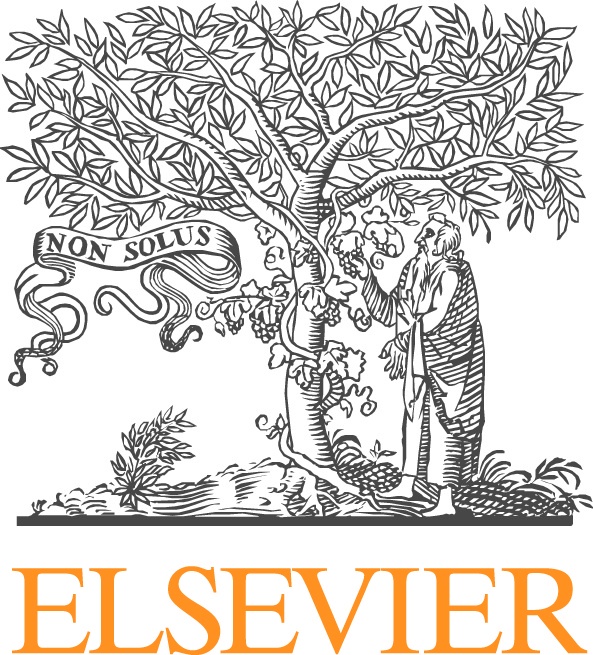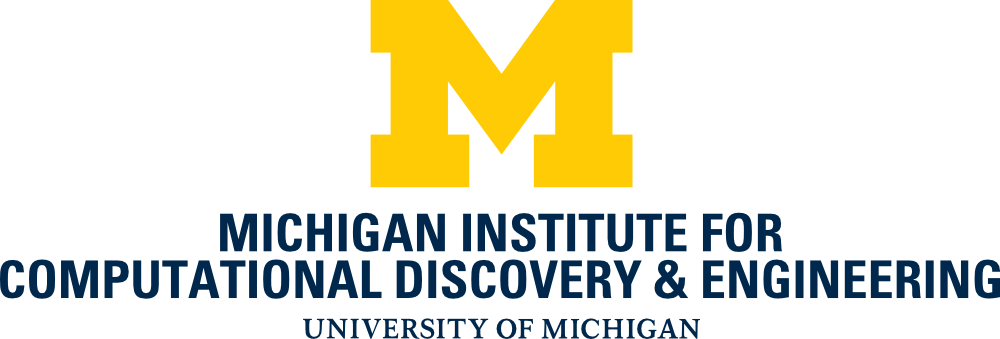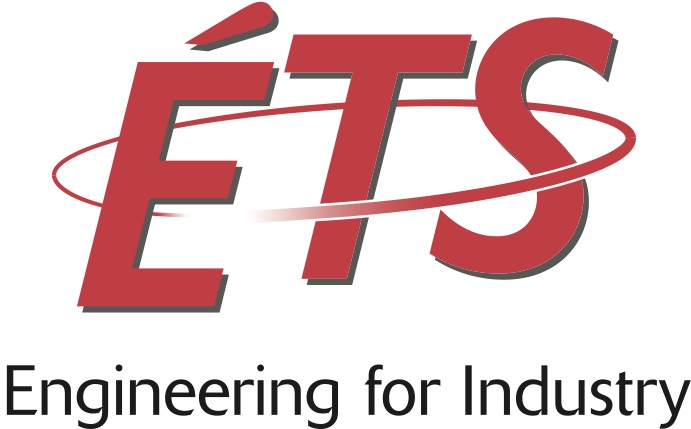Free and Moving Boundary Problems: Methods and Applications
Rekha Rao, Sandia National Laboratories
Scott Roberts, Sandia National Laboratories
Shahriar Afkhami, New Jersey Institute of Technology
Elie Hachem, MINES ParisTech - CNRS
Jonathan Clausen, Sandia National Laboratories
David Noble, Sandia National Laboratories
Jean-Francois Hetu, National Research Council Canada
David Noble, Sandia National Laboratories
Jean-Francois Hetu, National Research Council Canada
Many problems in computational mechanics involve one or more boundaries that are interfaces between different materials, including fluid-fluid, solid-solid, or fluid-solid. Problems in this class present many difficulties for numerical solution techniques since they introduce moving boundaries and consequently evolving geometries whose location and topology is unknown a priori. In this Minisymposium, we will provide a forum for researchers to meet and share ideas and experiences in this challenging area of computational mechanics. We seek submissions on all aspects of this problem: theory, formulation, analysis, and applications. Presentations including numerical verification and experimental validation are encouraged.
Methods include, but are not limited to:
• Level set and volume-of-fluid
• Arbitrary-Lagrangian-Eulerian (ALE) methods
• Sharp and diffuse modeling of interfacial zones
• Deformed geometry remeshing
• Fictitious domain methods
• Particle methods
• Embedded boundary conditions
Application areas include, but are not limited to:
• Fluid-solid interactions
• Multiphase flow
• Dynamics reaction fronts
• Low capillary flows
• Surface tension formulations
• Interfacial mass transfer
• Melt/solidification front modeling
• Bubble and suspension dynamics
• Mold filling
• Dynamic wetting lines
• Suspension and emulsion rheology
• Polymer extrusion and mixing







